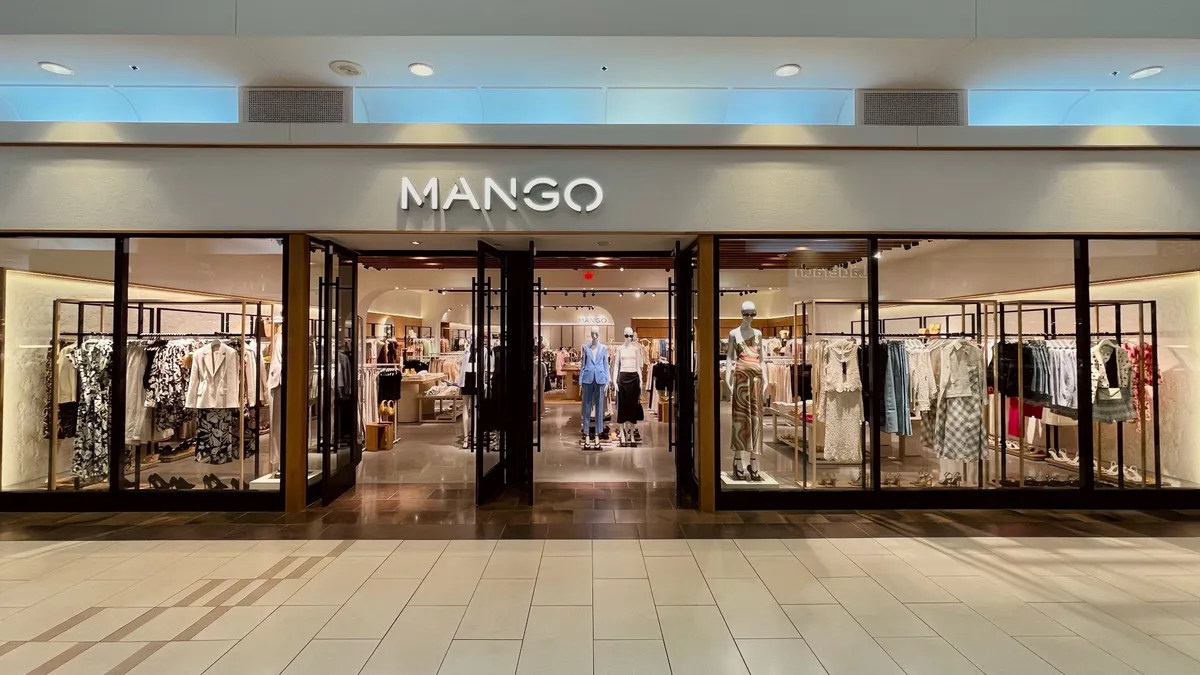This is an op-ed written by Suman Sarkar, partner with Three S Consulting and author of "Customer-Driven Disruption."
One of the things today's customers are looking for is personalization; products and services that are tailored to each individual. Personalization challenges the fundamentals business leaders were taught — concepts like "bigger is better" and "standardization."
That was then. Now, customers everywhere want personalized products and services, and most critically, they want them at affordable prices. For companies to meet this demand, they need a sustainable, flexible supply chain model.
Challenges with supply chains
Before the industrial revolution, all products were personalized. If you needed something, you either made it or hired someone to make it. The cost of many things was so high, however, that only the rich could afford them.
Then companies began standardizing products and mass-producing them, as Henry Ford did when he made a car for the masses. But there was no consumer choice. As he famously said, buyers could have a car in any color, "as long as it's black."
There was a tradeoff: no choices, but a worker could actually own a car. There was no option to pay a little more to have red instead of black or four doors instead of two. The production processes didn't allow for variation. They were designed according to the principles of economy of scale and "bigger is better."
Globalization has centralized production even more, with factories catering to customers around the world. At factories like this, personalization is a disaster waiting to happen. Big factories are geared towards high volume production, and modifying a single item is difficult. Increased cost and complexity continue beyond production to managing the new personalized products, marketing them, storing them and getting them to customers.
What needs to change?
To make personalization affordable, companies have to think differently, then develop flexibility in their operations. How they should do this depends upon the company, however there are some broadly useful ways to make operations flexible.
Step 1: Rethink manufacturing from centralized to distributed
Most manufacturing sites are designed to produce large volumes with few variations. They employ unskilled labor to do simple jobs and depend on substantial capital investment. They trade flexibility for quantity and low per-unit manufacturing cost.
In a distributed manufacturing environment, smaller production sites can cater quickly and creatively to meet customer demands. These sites should be designed to be flexible and specialized enough to produce personalized products without hiring and training more skilled labor. Companies can achieve expertise and savings by using local vendors. Local vendors and talent will bring a host of knowledge about local conditions, and possible savings when it comes to buying supplies or getting things fixed.
For some industries, new technologies may provide opportunities and possibilities for personalization. 3D printing is changing how companies make prosthetics. Instead of buying from a medical devices company, hospitals or doctor's offices could enter a customer's data into their 3D printer to create a custom arm.
Programmable machines and robots could provide personalized products and services in other industries, too. The challenge will be to make these affordable for mass adoption.
Step 2: Create different supply chains for different demands
Most companies have a single supply chain that attempts to cater to all customers. This, like all one-size-fits-all approaches, impedes growth. The supply chain gets bogged down by complexity. To achieve flexibility, companies must create supply chains that cater to a variety of demand patterns.
Suppliers of synthetic clothes may be different from suppliers for cotton clothes. Only by analyzing the customer demand can companies figure out how best to configure their supply base to support their personalized offering.
The critical question is where to separate the supply chain by demand patterns. Do you separate them at supplier, manufacturing or distribution centers? It mostly depends on where the customization is happening. In the case of the apparel industry, if the customization is happening at the manufacturing site, then the supply chains should be separated at manufacturing. However, if fabrics are customized, the supply chain should be separated from the supplier end.
Managing separate supply chains increases cost and effort. However, the cost reduction will come from lead time improvements and waste reduction.
Step 3: Reduce lead time
The second-biggest customer complaint about personalized products is that they take too long to arrive. Though customers love personalized products, they will not wait long. Improving supply chain network design, changing the focus of supplier relationships from costs to flexibility, simplifying transaction processing, and improving information connectivity with partners have all been shown to reduce time to market.
Suppliers also play a critical role in getting products to market in a timely fashion. Most supplier contracts focus too heavily on cost and don't require flexibility. Contracts need to include the capacity to accommodate peak demand, scale for new products, switch products quickly and more. Similar conditions should also be specified with logistics providers, contract manufacturers and any other partners that help the company deliver products or services to customers.
Step 4: Reduce raw material waste
Waste of raw materials is a real concern in a personalized product world, because of the cost involved and customer concerns around sustainability. In some industries, a significant amount of material could be wasted with personalization.
In the apparel industry cutting one garment from a few yards of fabric instead of using the same fabric for thousands of garments and using almost every scrap could waste fabric.
To minimize waste, computer programs could be created to optimize fabric utilization based on current and anticipated demand. Without this kind of planning, personalized products can't be affordable.
In today's disruptive business world, a company's supply chain plays a vital role in its success – or failure. Peer reviews and online information have made customers better informed. Optimization of operations will become a major source of competitive advantage.





















